Wilderness Theodore Roosevelt
Rate this placeLast Updated: December 27, 2025
Theodore Roosevelt National Park, located in the state of North Dakota, is a haven for wilderness enthusiasts and history buffs alike.
°F
°F
mph
Wind
%
Humidity
Summary
The park, named after the 26th president of the United States, Theodore Roosevelt, spans over 70,000 acres of breathtaking natural beauty. Here's a summary of why this area is worth a visit, including specific points of interest, interesting facts, and the best time of year to explore it.
Reasons to Visit:
1. Natural Beauty: The park showcases the rugged Badlands landscape, with its iconic buttes, canyons, and colorful rock formations. The vast expanses of prairie, forests, and rivers offer a glimpse into the untouched wilderness of North Dakota.
2. Wildlife: Theodore Roosevelt National Park is home to a diverse array of wildlife species. Visitors may spot bison, wild horses, pronghorn antelope, elk, deer, bighorn sheep, coyotes, and numerous bird species. The park is also known for its population of prairie dogs.
3. Historical Significance: This area played a crucial role in shaping Theodore Roosevelt's conservationist policies. Visitors can learn about his life and legacy at the park's visitor centers and historic sites, including Roosevelt's Elkhorn Ranch, which he owned and operated during his time in North Dakota.
Points of Interest:
1. Scenic Drives: The park offers several scenic drives, such as the 36-mile-long loop road through the South Unit, which provides stunning views of the Badlands and opportunities for wildlife viewing.
2. Hiking Trails: With over 100 miles of trails, visitors can explore the park's diverse landscapes on foot. The Petrified Forest Loop Trail, Wind Canyon Trail, and Caprock Coulee Trail are among the most popular hiking routes.
3. Sully Creek State Recreation Area: Located near the park, this area offers camping, fishing, and horseback riding opportunities. It serves as a gateway to the national park.
Interesting Facts:
1. Theodore Roosevelt first visited the Dakota Territory in 1883 to hunt bison. The experience shaped his passion for conservation and led him to establish the park.
2. The park is divided into three units: the North Unit, the South Unit, and the Elkhorn Ranch Unit. Each unit has its own distinct landscapes and features.
3. The prairie dog is considered a keystone species in the park, as its burrows provide shelter for other animals like burrowing owls and black-footed ferrets.
Best Time to Visit:
The best time to visit Theodore Roosevelt National Park is from late spring to early fall. During this period, the weather is generally pleasant, with temperatures ranging from 60°F to 85°F (15°C to 30°C). Wildlife is more active, and wildflowers are in bloom. However, summers can be hot, so it's advisable to carry sun protection and ample water. Fall offers stunning foliage colors, while winter brings a serene and peaceful atmosphere, with the possibility of snow-covered landscapes.
Please note that it's always recommended to verify this information across multiple independent sources to ensure accuracy, as conditions may change over time.
Weather Forecast
Park & Land Designation Reference
Large protected natural areas managed by the federal government to preserve significant landscapes, ecosystems, and cultural resources; recreation is allowed but conservation is the priority.
State Park
Public natural or recreational areas managed by a state government, typically smaller than national parks and focused on regional natural features, recreation, and education.
Local Park
Community-level parks managed by cities or counties, emphasizing recreation, playgrounds, sports, and green space close to populated areas.
Wilderness Area
The highest level of land protection in the U.S.; designated areas where nature is left essentially untouched, with no roads, structures, or motorized access permitted.
National Recreation Area
Areas set aside primarily for outdoor recreation (boating, hiking, fishing), often around reservoirs, rivers, or scenic landscapes; may allow more development.
National Conservation Area (BLM)
BLM-managed areas with special ecological, cultural, or scientific value; more protection than typical BLM land but less strict than Wilderness Areas.
State Forest
State-managed forests focused on habitat, watershed, recreation, and sustainable timber harvest.
National Forest
Federally managed lands focused on multiple use—recreation, wildlife habitat, watershed protection, and resource extraction (like timber)—unlike the stricter protections of national parks.
Wilderness
A protected area set aside to conserve specific resources—such as wildlife, habitats, or scientific features—with regulations varying widely depending on the managing agency and purpose.
Bureau of Land Management (BLM) Land
Vast federal lands managed for mixed use—recreation, grazing, mining, conservation—with fewer restrictions than national parks or forests.
Related References

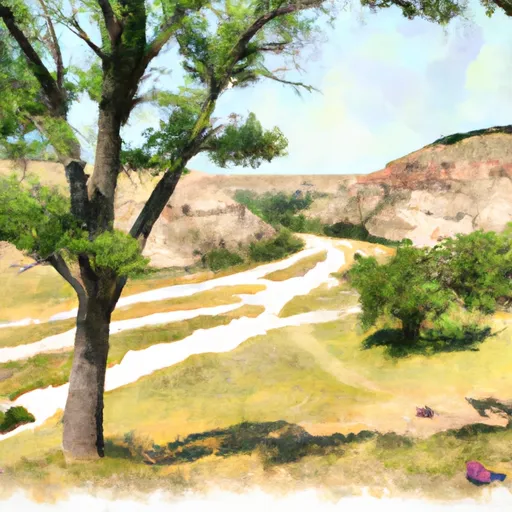 Cottonwood - Theodore Roosevelt National Park
Cottonwood - Theodore Roosevelt National Park
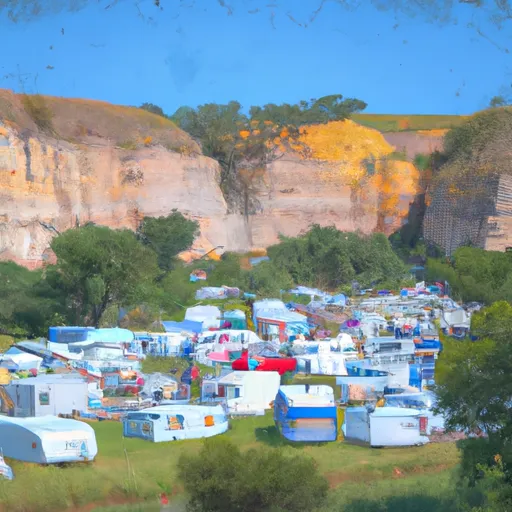 Medora City RV Campground
Medora City RV Campground
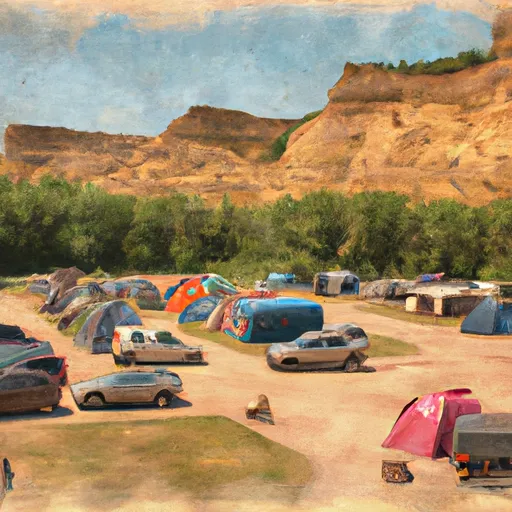 Medora City Campground
Medora City Campground
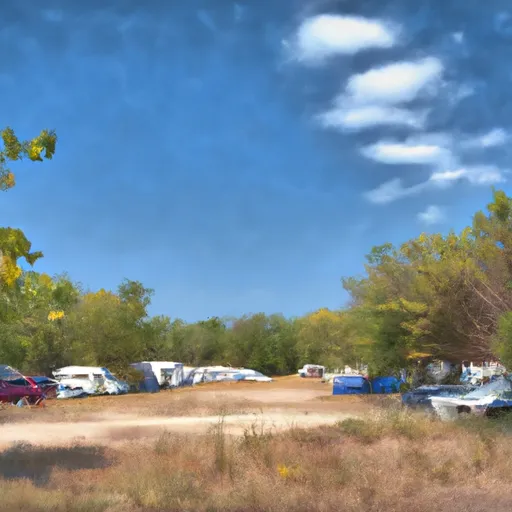 Sully Creek State Park Campground
Sully Creek State Park Campground
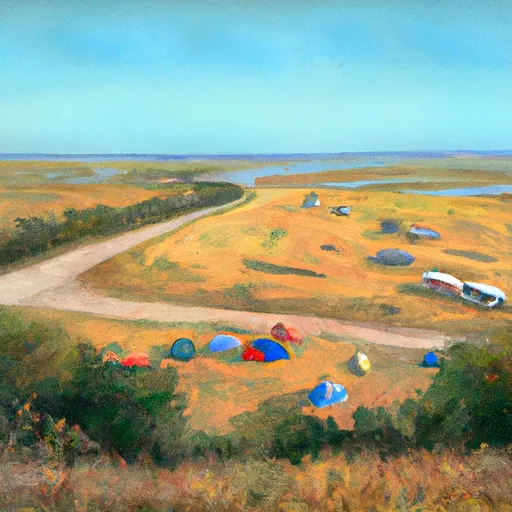 Sully Creek State Rec Area
Sully Creek State Rec Area
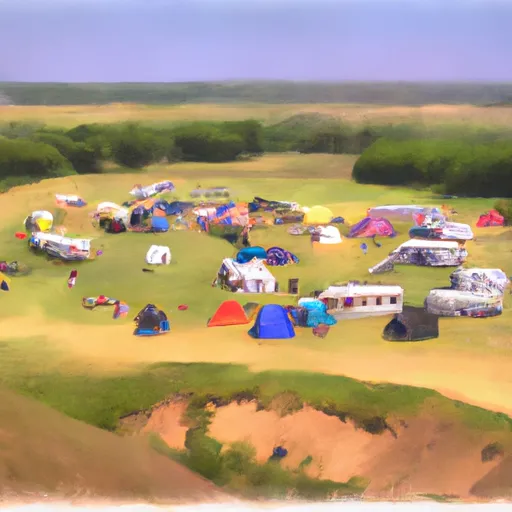 Roundup Horse Group Campground
Roundup Horse Group Campground
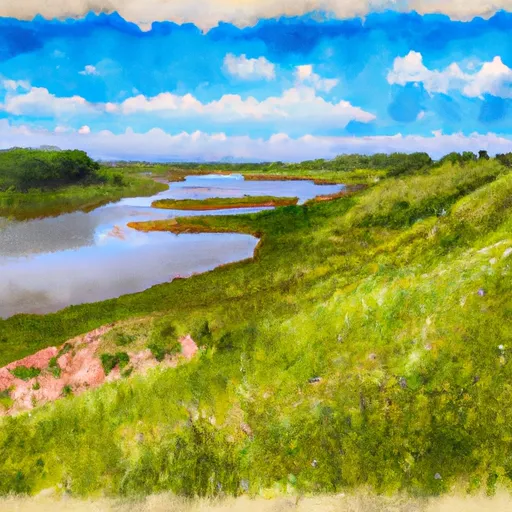 Sully Creek State Recreation Area
Sully Creek State Recreation Area
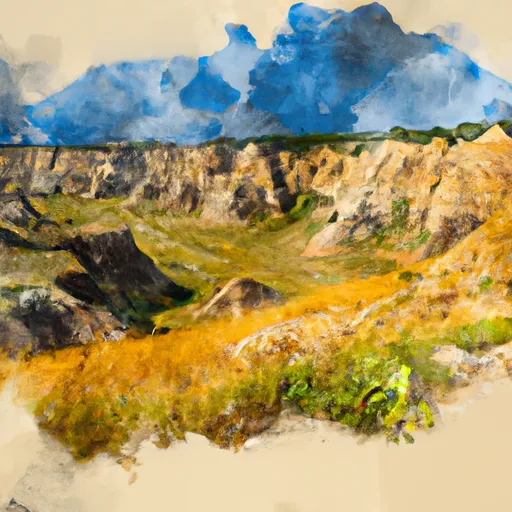 Theodore Roosevelt National Park South Unit
Theodore Roosevelt National Park South Unit
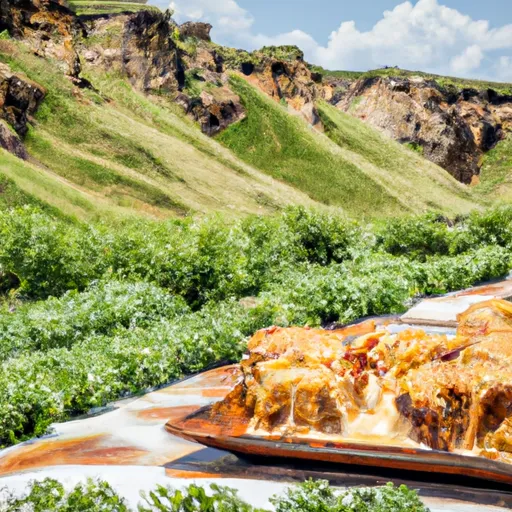 National Park Theodore Roosevelt
National Park Theodore Roosevelt